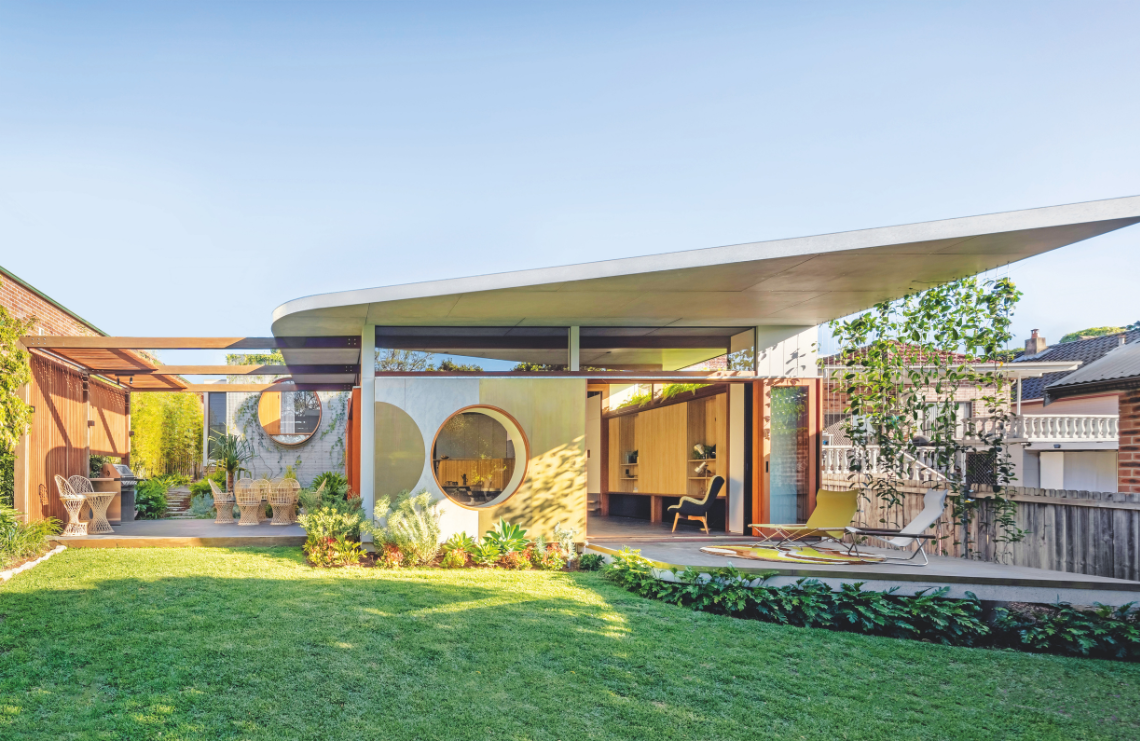After spending some time in Totoro House by CplusC Architectural Workshop, you’ll be forgiven for forgetting you’re just 8km from Sydney’s bustling CBD — such is the power of the home’s transformative serenity. It’s easy to see why the dwelling’s occupants — a family of five including three younger children and their beloved pet Cavoodle— are so happy with their home’s transformation.
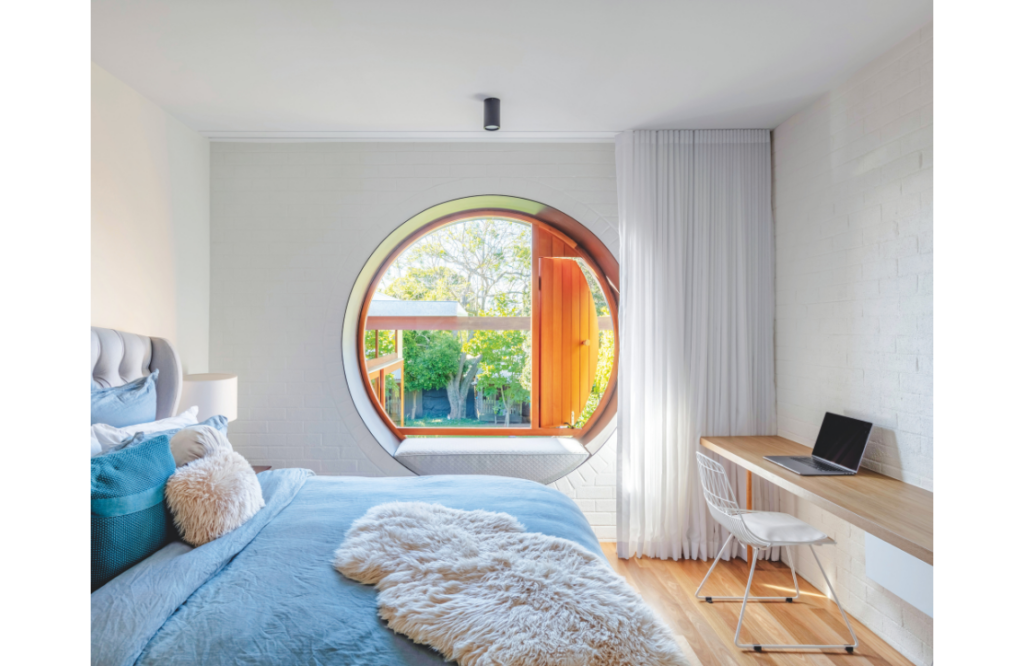
While the family has lived in this property for more than 17 years, it didn’t always look like this. Prior to its clever upgrade, the rear extension in particular was poorly modified and spatially inefficient. “Three decades ago, Studio Ghibli’s animated fantasy My Neighbour Totoro taught us about the importance of relationships with family, friends and nature,” reflects Clinton Cole, director of CplusC Architectural Workshop, when sharing what inspired this home’s design.
“Similarly, the concept of Totoro House is heavily inspired by the clients’ strong family bond, the connection between its occupants and relationship to the landscape.” This bond has been translated into Totoro House’s architectural form quite successfully. Boundaries have been removed through the clever design and the kitchen, dining space and living area have been combined into one interwoven zone, perfect for quality family time and connection during simple daily activities like cooking and doing the dishes. Previously quite gloomy, this new large, light-filled, all-encompassing living space is exactly what the family had wished for.
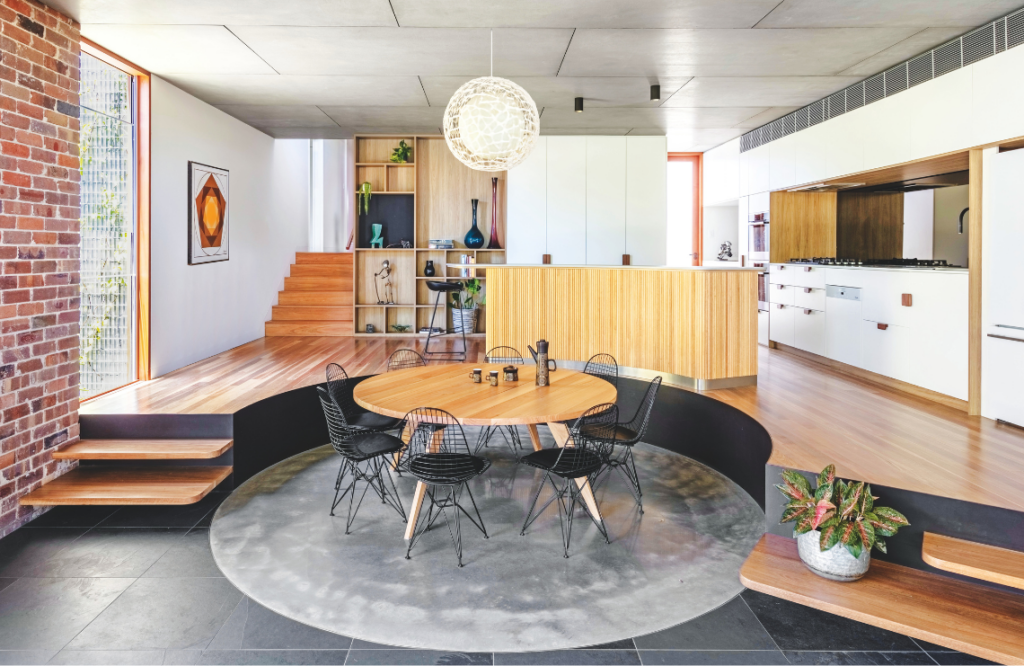
The Japanese concept of Shakkei, which essentially translates to “borrowed scenery”, plays an important role in this home’s design. The boundaries between inside and out are repeatedly blurred, giving the family more opportunity to strengthen their bond and their relationship with the natural environment simultaneously. A circular motif is also integrated into numerous aspects of the home to strengthen inter-space connectivity.
“The house can be categorised into three different zones — private quarters of the existing house, living space in the new extension, and the courtyard and garden,” explains Clinton. While most of the existing layout did not change too drastically through the project, the two bedrooms, the guest room and the bathroom were all updated to match the new extension. This section’s main bedroom, however, did receive a major rejuvenation. The new design incorporates a large circular window that frames the view of the outdoor living space and backyard as inspired by the Japanese concept of Shakkei. Part of the window is made operable to allow for natural cross ventilation. The frame itself also acts as seating for young children. The room is fitted with two layers of blinds, both solid and translucent, to allow for maximum control of privacy and light,” shares Clinton.
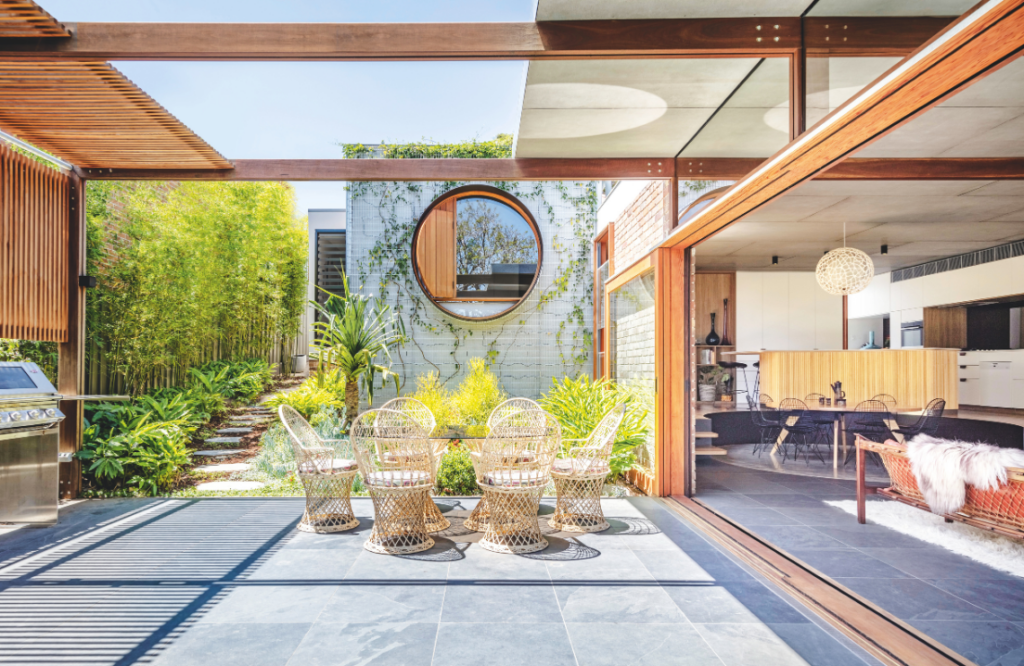
The property has downward-sloping terrain in its rear, and the original connection between the home and its landscape was less than ideal. The home’s new extension, however, solves this problem. “The new extension establishes itself as the missing link between the house and rear yard through a gradual vertical transition that navigates occupants from the private bedrooms to the outdoor spaces and garden,” Clinton confirms.
The extension is home to the combined living space, complete with a custom-made circular dining table that acts as the centrepiece of the family’s treasured living hub. Designing a kitchen benchtop that seamlessly complemented the rest of the area proved to be challenging. However, the architect-builder team at CplusC Architectural Workshop succeeded in bringing an elegant curved island, which now acts as a connector to the entire space, to life. “CplusC is one of the few architecture firms in Australia that offers both design and building services to our clients. This allows us to have close collaboration between the design team and build team throughout the design and construction process as well as maintain good quality control until the end of the project,” Clinton explains.
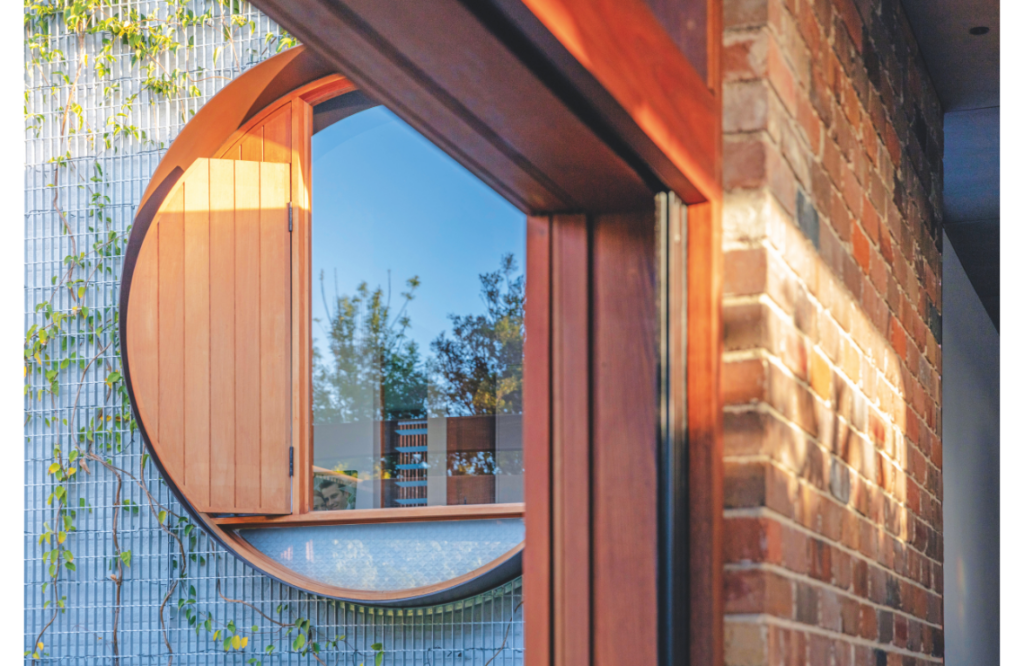
The home’s extension spreads out to form a stylish outdoor living, dining and culinary area, which softened the distinction between the house and its outdoor components. The circular motif we see throughout the home also makes an appearance in this section in the form of the living space window which looks out onto the courtyard.
Totoro House’s cosy and inviting demeanour likely stems from its warm colour palette. A combination of spotted gum hardwood, steel, recycled masonry and concrete has been used to embody a Mid-Century Modern aesthetic, resulting in a peaceful yet playful atmosphere.
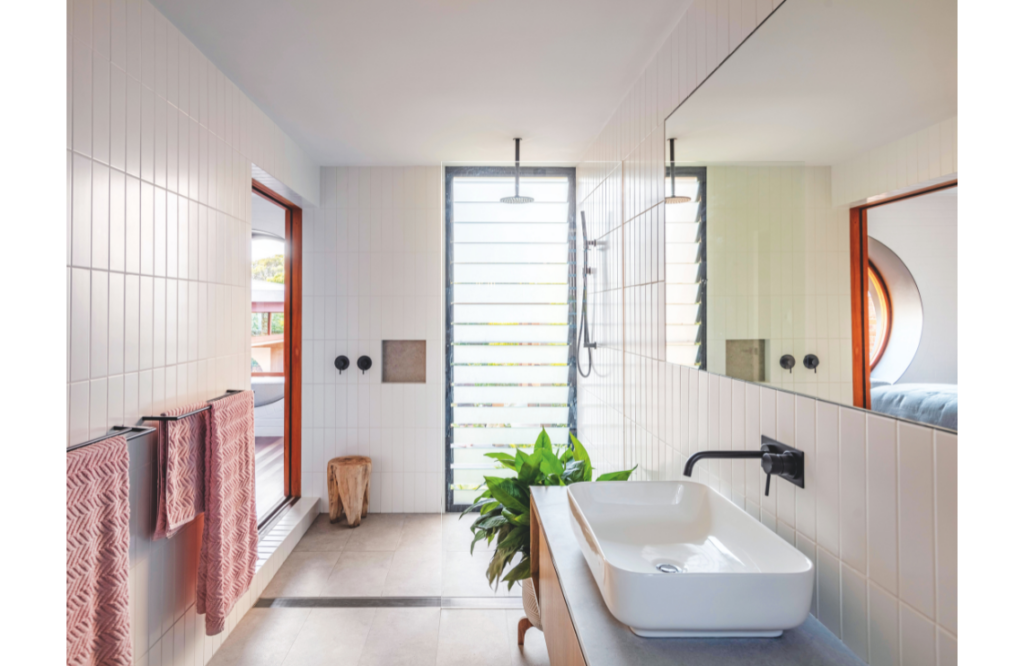
Sustainability was a key consideration for the owners and project team involved in Totoro House. Regenerative technologies and passive design strategies can be spotted throughout the home, including a photovoltaic system, a rainwater tank, the facilitation of cross-ventilation when required, and concrete flooring that delays heat transfer during the warmer months. “Totoro House is also an exercise in building waste reduction,” shares Clinton.
“For instance, a careful calculation was made with the brass sheet cladding at the rear of the house so that the semi-circle off-cut was integrated into the cladding detail to achieve a holistic waste-free design detail. Recycled bricks were sourced for the new extension and foundation stones from the existing house were integrated into the native garden design.”
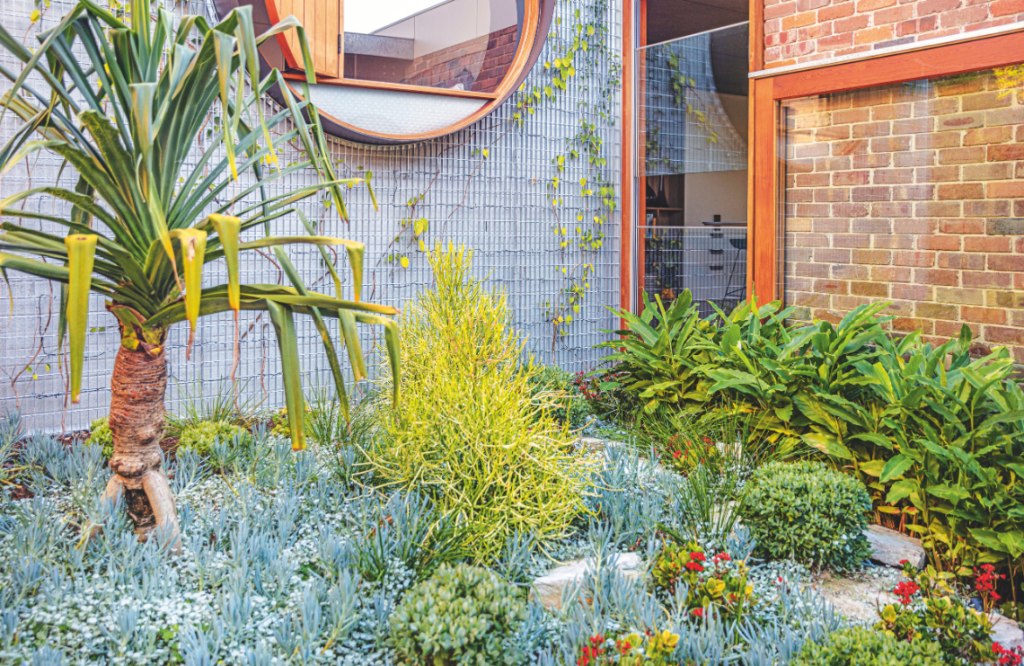
More than a year after completion, Totoro House still succeeds in delivering surprises and little delights to the homeowners. A beautiful facilitator of relationships, connections and harmony, Totoro House is destined to be cherished by the family for years to come.

